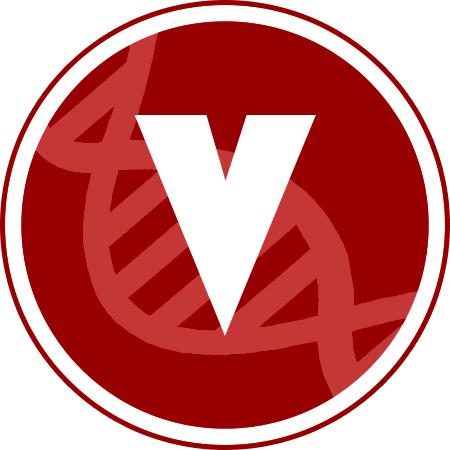Research
What We DoThe Veeramah Lab conducts research in the general area of Evolutionary Genomics. Our primary goal is better understand how demography and selection have interacted with molecular mechanisms such as mutation and recombination to shape the genomic architecture of modern human genomes. To do this we:
- Directly examine patterns of genomic variation in humans, with an emphasis on comparing ancient and modern populations through paleogenomics
- Use model organisms to study phenomena, particularly with regard to adaptation, relevant to the evolution of human genomes
- Compare genomic variation in modern humans to that found in our closest evolutionary neighbors, non- human primates
We are primarily an empirical lab that apply population genetic theory to genome-scale data. A major theme found across many specific projects is to understand the evolution of genetic variation by generating data from the same population(s) at various points in time and modeling allele frequency changes across the genome.

Medieval Paleogenomics
We have various projects examining the genomics of Medieval human populations as well as other pre-historical populations in collaboration with Patrick Geary, Johannes Krause, Walter Pohl, Tividar Vida and Joachim Burger.
Related articles:
Three-spined stickleback genomics
We study contemporary genomic evolution of Three-spined stickleback in collaboration with Mike Bell and the Kingsley Lab. This work is funded by an NIH R01
latitudinal clines in drosophila
We work with Walt Eanes to examine patterns of genomic variation in Drosophila melanogaster from different points in time across the well-studied North American cline.
gibbon genomics
We are interested in various aspects of gibbon evolutionary and population genetics. This work is conducted in collaboration with the Carbone Lab.
Related articles:
Genomics of dog domestication
In collaboration with the Burger, Botigue and Kidd labs, we are using ancient canid paleogenomes to understand the process of dog domestication, with a particular focus on using time series data from Germany, Portugal and Spain to look at evolution from the Neolithic through the Bronze Age and Medieval periods.
Related articles:

